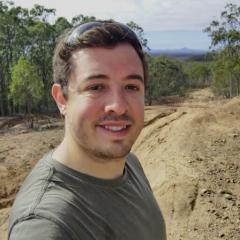Background
Aims
- Determine which method is most efficient for determining the presence or absence, location, and distribution (population dynamics) of individual raptor species in a given area.
- Investigate what the most efficient methods for recording the diet of specific raptor species.
- Explore which methods have the most potential to determine raptor diversity at a given location.
Methodology
The research questions will be answered using both novel and traditional monitoring techniques, comparing the efficacy and efficiency of each. Traditional methods have included road, pedestrian and kayak transects, point counts, nest observations and pellets/remains collections. The novel methods are based on citizen science techniques, utilising information from databases such as the Atlas of Living Australia and social media. Other novel methods have been explored as part of the project and show good promise. These have and will lead to future student research projects in the Raptor Monitoring Techniques Project research group.
As a result of the observation of an unusual quantity of deceased raptors during the project fieldwork, the project has also been investigating secondary poisoning from anticoagulant rodenticide use in Southeast Queensland. This work is in collaboration with the University of Queensland School of Veterinary Science.
Expected outcomes
- Quantification of the efficiency of raptor monitoring techniques for a variety of biological conservation monitoring topics. This will provide key advice to future researchers to design efficient raptor monitoring projects.
- Development of novel citizen science techniques that can be used not only by raptor researchers, but for any animal group.
- Identification of raptor species that are susceptible to secondary poisoning from anticoagulant rodenticides in Southeast Queensland.

Acknowledgements
We are very thankful for the support of all our funders: Birdlife Australia, Birds Queensland, the Turner Family Foundation, the Ecological Society of Australia, the Lockyer Valley Regional Council, and the Cumberland Bird Observers Club.






